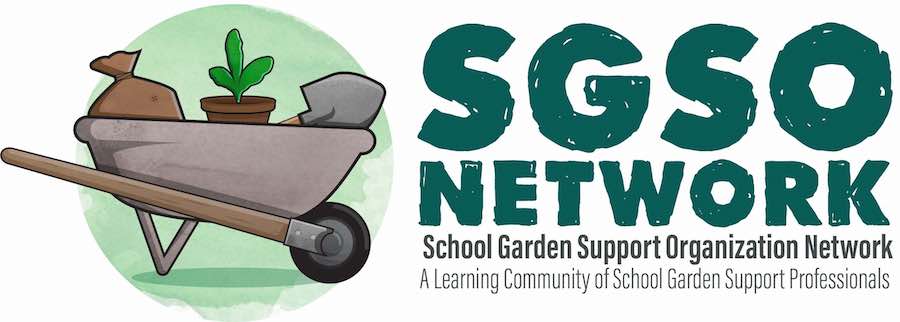How SGSOs Share Impacts
The resources on this page have been shared by SGSO Network members, and curated by 2021 National SGSO Leadership Institute working group members Amelia Bird of ESY NOLA, Beth Bacon of FRESHFARM, & John Fisher of Life Lab. We invite you to contribute your own resources to share with the SGSO Network on the topics of program assessment & sharing results.































